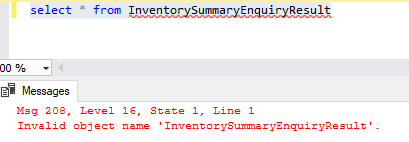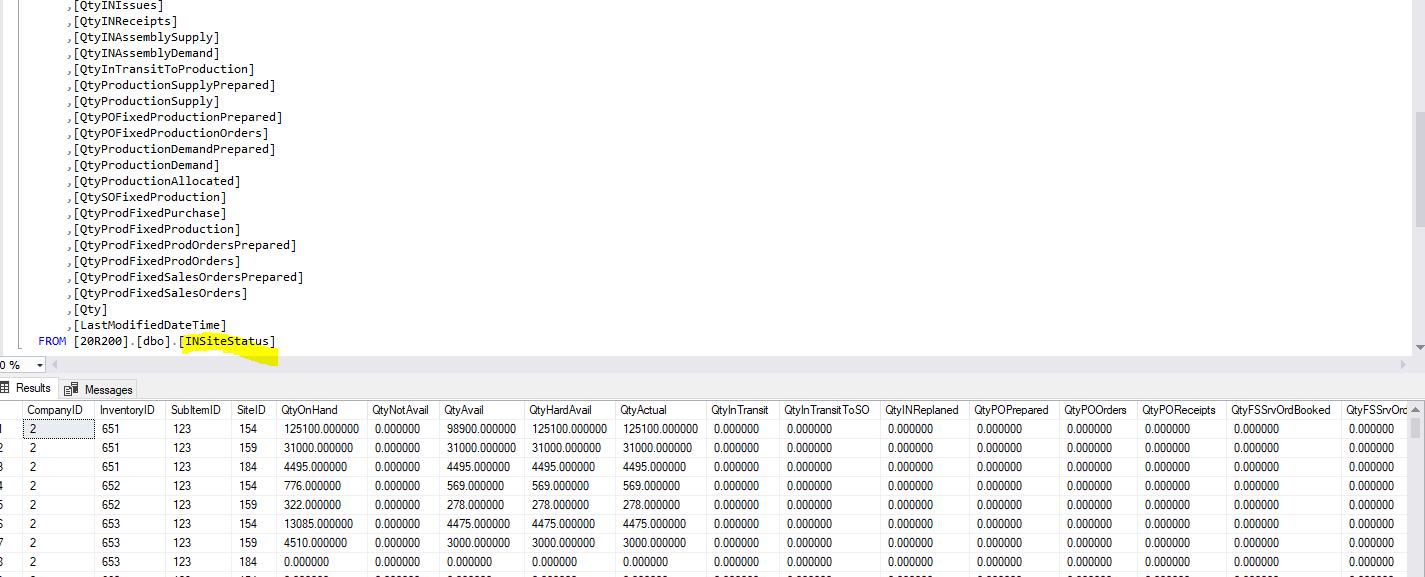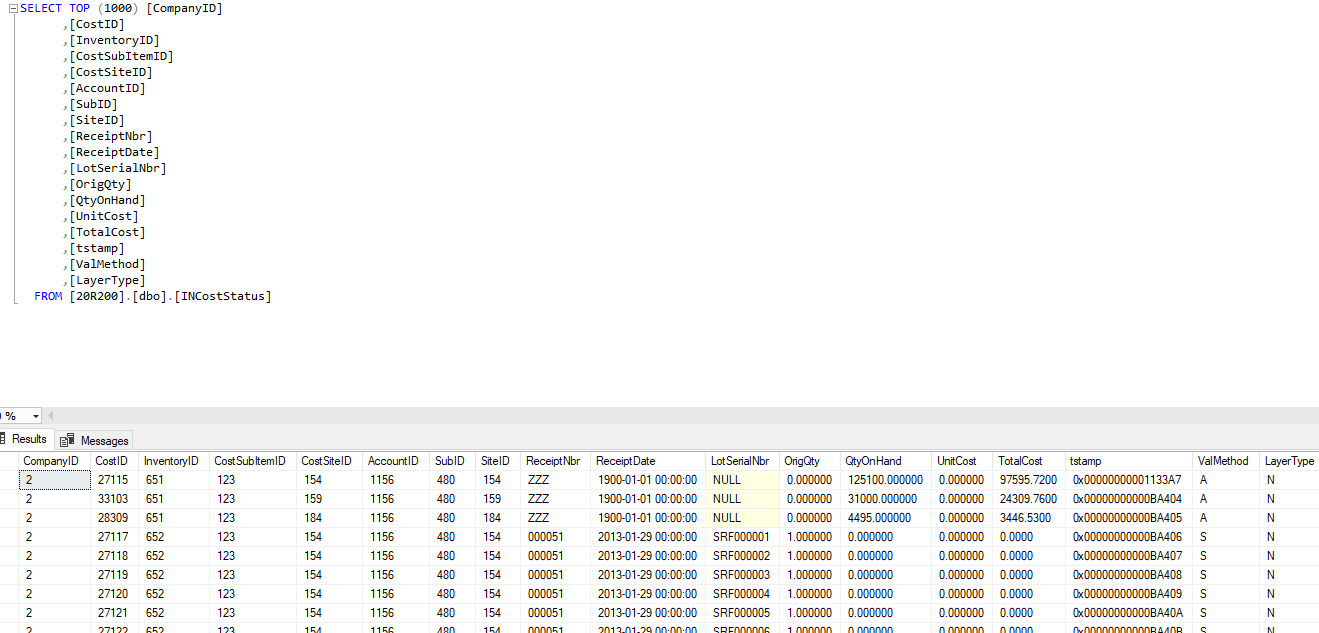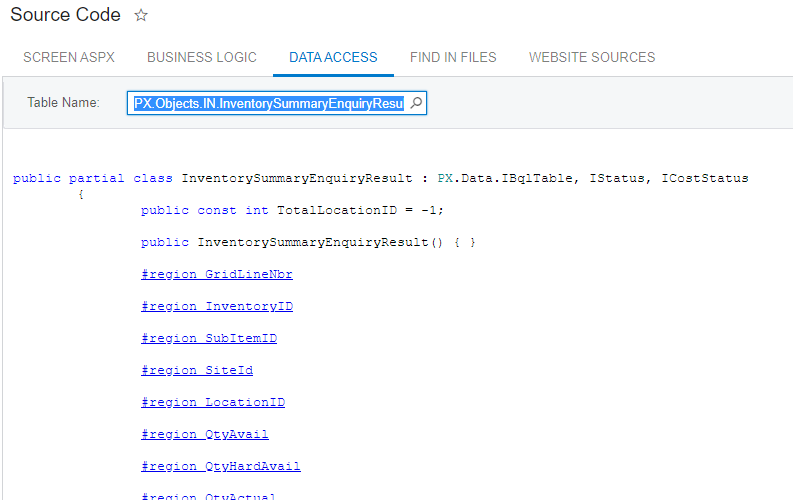Im using this query to get data from InventorySummaryEnquiryResult
var query = new PXSelectReadonly<InventorySummaryEnquiryResult>(new PXGraph()).Select<InventorySummaryEnqFilter>().Where(s => s.SiteID == 13).FirstOrDefault();
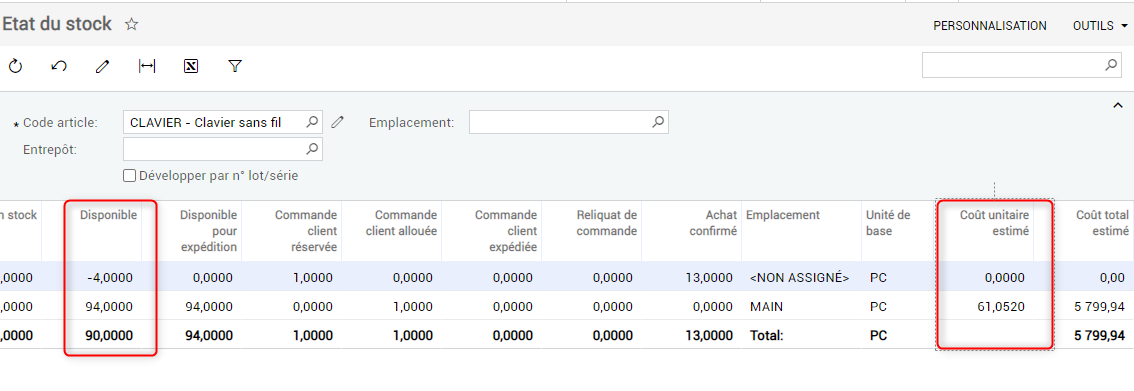
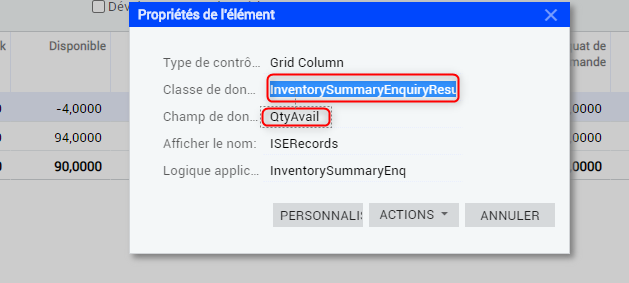
But i have an error message in the app
Invalid object name “InventorySummaryEnquiryResult”
Best answer by Naveen Boga
View original


